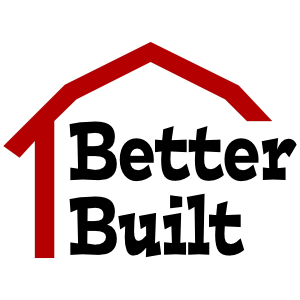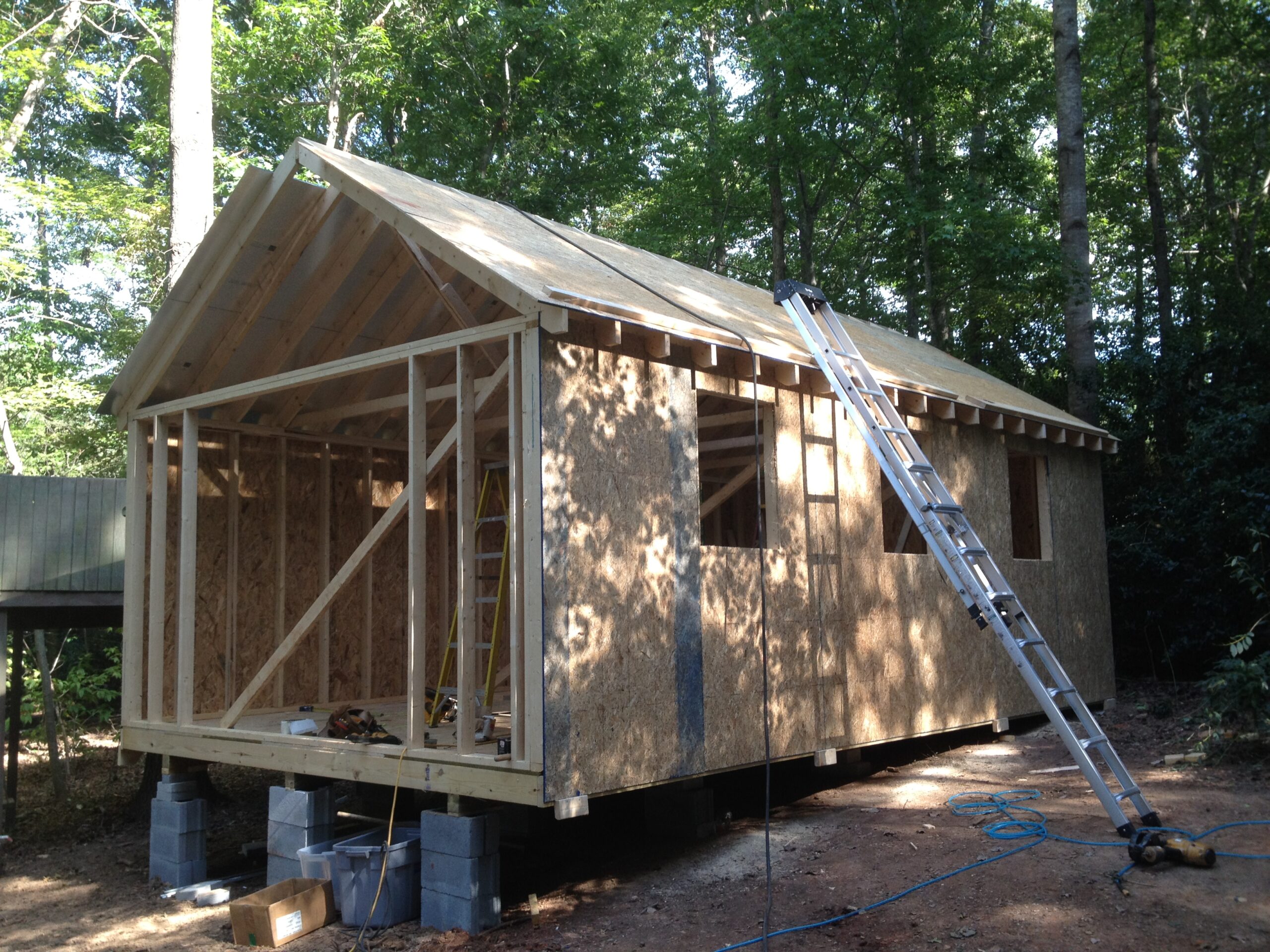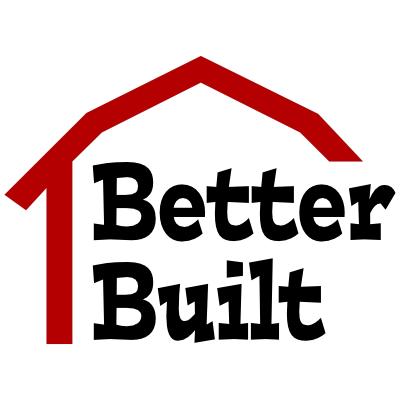If you’ve been thinking about expanding your utility shed, you’re not alone. More homeowners are opting for bigger, better sheds to meet their storage needs. However, local zoning boards are starting to take a closer look at these projects.
What once seemed like a simple upgrade is now raising concerns about property lines, zoning laws, and even neighborhood aesthetics. As more people push for larger sheds, zoning boards are stepping in to ensure these expansions are within the boundaries of local regulations.
What Factors are Influencing Local Zoning Boards to Review Utility Shed Expansions?
Several factors have combined to place utility shed expansions under the microscope of local zoning boards. This isn’t just about sheds getting bigger—it’s about the broader context of urban growth, property values, and regulations that ensure safety and aesthetic harmony in neighborhoods.
1. Increased Popularity of Outdoor Living Spaces
- Homeowners are focusing more on their backyards, using them for storage, workshops, and even office spaces. Utility sheds are often viewed as versatile, customizable spaces that can double as a workspace or hobby area.
- With the rise of remote work and “do-it-yourself” projects, sheds are becoming multifunctional and significantly larger than their traditional counterparts.
2. Urbanization and Population Growth
- As cities expand and the suburban sprawl continues, local governments are paying closer attention to how properties are used. Zoning regulations are part of the effort to control the growth and use of land in a way that doesn’t disrupt the community.
- The potential for densely packed homes in urban environments means even small sheds have an impact on neighborhood aesthetics and property values.
3. Increased Enforcement of Existing Zoning Laws
- Local municipalities are starting to enforce old zoning laws that may have been overlooked in the past. Some cities never had strict guidelines for sheds, but now that there’s more pressure to maximize land use and maintain community standards, zoning boards are stepping in.
4. Protection of Property Values
- In densely populated areas, homeowners are concerned about how one person’s shed may affect the neighborhood as a whole. Municipalities are more focused on maintaining property values by regulating visible structures and preventing the overcrowding of residential spaces.
Thus, zoning boards are responding to shifts in how homes are being used, how urban landscapes are evolving, and how important it is to maintain the aesthetic quality and harmony of a neighborhood. These changes, driven by growth, convenience, and property values, have triggered a reevaluation of utility sheds as structures worthy of closer inspection.
How Do Zoning Regulations Affect The Size and Placement of Utility Sheds?
Zoning regulations are a complex and sometimes overlooked part of property ownership. While you might think a utility shed is a small, simple addition, zoning laws often dictate how large, how tall, and where it can be placed. These regulations are in place to ensure that the shed does not interfere with neighbors’ privacy, traffic flow, or community aesthetics.
1. Size Limitations
- Many zoning regulations set size limits for utility sheds to maintain uniformity in the neighborhood. These guidelines are often based on the overall square footage of the lot, so larger lots may be allowed to have bigger sheds, while smaller lots may be restricted to tiny structures.
- Setbacks are also a common zoning concern—meaning the shed may need to be a certain distance away from property lines, walkways, or other structures on the property. Zoning boards are keen to ensure that sheds don’t impede access or create barriers that could affect the flow of the property or neighboring homes.
2. Height and Structure Regulations
- There are often restrictions on the height of utility sheds to prevent them from becoming eyesores or creating shade that could affect a neighbor’s garden or living space.
- Some municipalities will regulate the materials used to construct the shed, requiring that it blends in with the overall look and feel of the home. A steel structure may not be permitted if most of the neighborhood’s homes have wooden or vinyl siding.
3. Placement Restrictions
- Front Yard Restrictions: Many municipalities do not allow sheds to be placed in the front yard, as they would detract from the overall curb appeal of the property.
- Side and Rear Yard Setbacks: The placement of the shed in relation to the property line is often regulated to ensure adequate space between neighboring properties. This is especially true in dense urban environments where land is scarce.
Ultimately, zoning regulations provide a framework to ensure that utility sheds don’t disrupt the neighborhood’s overall character, property values, or functionality.
Why are Municipalities Increasing Oversight on Backyard Shed Additions?
If you’re wondering why municipalities are suddenly cracking down on backyard shed expansions, the answer lies in the changing dynamics of residential properties and the increased awareness of how small additions can have a big impact.
1. Concerns Over Backyard Crowding
- As homes shrink in size to accommodate larger populations, more homeowners are looking to their backyards for additional living space. Sheds, in particular, are being converted into mini-offices, home gyms, or hobby spaces. While this seems like a harmless addition, it can lead to overcrowding, making it more difficult for neighbors to enjoy their outdoor spaces.
- Zoning boards are responding to these crowding concerns by enforcing restrictions to keep properties feeling spacious and balanced.
2. Increased Demand for Storage Solutions
- With people accumulating more things and expanding their lifestyles (more gardening equipment, storage needs, or hobby supplies), the demand for larger sheds has surged. However, large sheds that aren’t properly regulated can lead to unsightly structures or cause issues with neighbors who feel their views or privacy are being impacted.
3. Changes in Neighborhood Character
- Zoning boards are taking a harder look at the aesthetic impact of large, overbearing sheds. It’s not just about how much space the shed takes up, but how it affects the character of the neighborhood. Large sheds can impact a home’s curb appeal or disrupt the visual symmetry of surrounding homes.
4. Environmental and Safety Concerns
- Unregulated shed expansions can sometimes lead to safety hazards, especially if they’re built too close to property lines, have improper drainage, or are constructed without the proper permits. Local zoning boards want to ensure that these sheds are not only aesthetically appropriate but also meet safety and environmental standards.
What Zoning Challenges are Homeowners Facing With Utility Shed Upgrades?
While utility sheds offer practical benefits for homeowners, the process of upgrading or expanding them isn’t always as simple as it seems. Homeowners are increasingly encountering challenges when it comes to zoning laws and regulations for sheds.
1.http://sheds Uncertainty Around Permits
- Many homeowners are unaware that upgrading or expanding a shed requires a permit. Zoning regulations vary greatly by municipality, and it’s not always clear which upgrades require approval. For example, simply replacing an old shed with a new one may not require permission, but enlarging it or changing its structure might.
- Homeowners often face delays in receiving permits due to complicated paperwork or requirements they weren’t expecting, which can make expansion plans difficult to execute.
2. Unclear Guidelines for “Use” of the Shed
- Some zoning boards regulate not just the physical size and placement of the shed but what it’s used for. If a homeowner tries to turn a simple storage shed into a home office or workshop, they might need to apply for a change of use permit. This can be an unexpected hurdle for those who simply wanted a better space for personal use.
3. Neighborhood Association Rules
- In addition to municipal regulations, some neighborhoods have their own association rules governing outdoor structures. Homeowners may find themselves caught between local zoning laws and their HOA’s strict regulations, which might add even more complexity to the approval process.
Navigating The Shed Expansion Challenge
Utility sheds can be a tremendous asset, adding functionality and organization to your backyard. However, as zoning boards become more aware of how these sheds impact neighborhoods, they’re increasingly applying regulations to ensure they’re properly sized, positioned, and used.
For homeowners planning a shed upgrade this spring, it’s crucial to understand local zoning rules and regulations. Whether you’re seeking to increase storage, build a home office, or create an outdoor workshop, staying informed about zoning challenges can save you time, money, and frustration.
Ready to Expand Your Shed? Let Us Help You Navigate Zoning Regulations!
At Better Built Structures, we specialize in outdoor structures and can help ensure your shed expansion meets all local zoning laws. Whether you need assistance with design, permits, or simply finding the perfect location for your new shed, our expert team is ready to guide you through every step.
Contact us today to get started on your shed project—without the zoning headaches!






